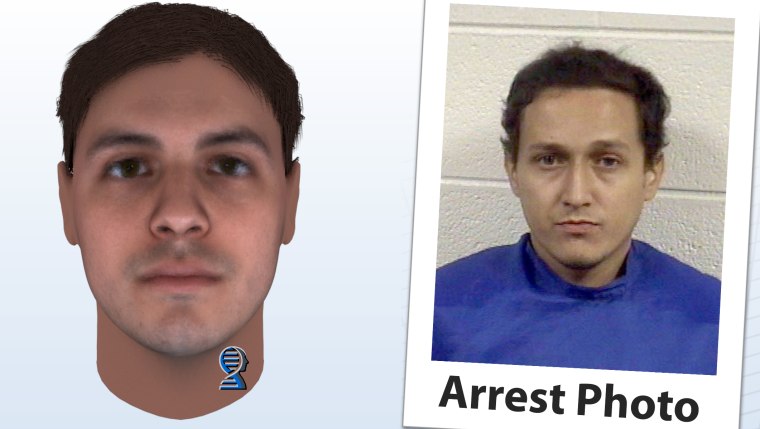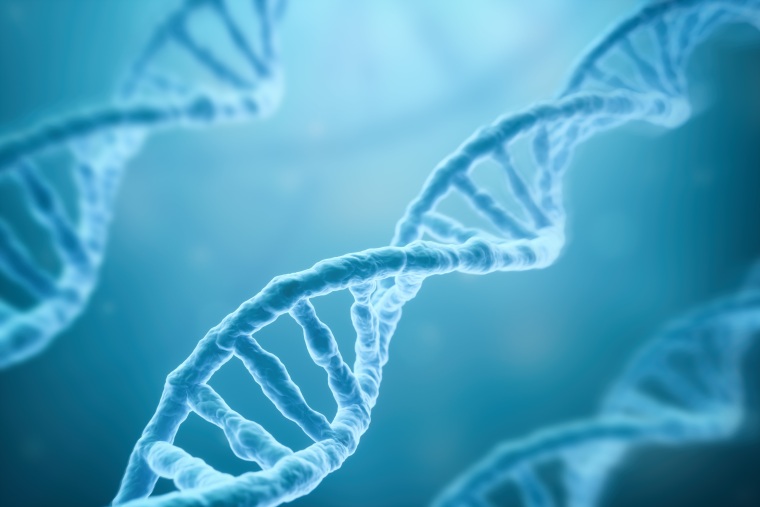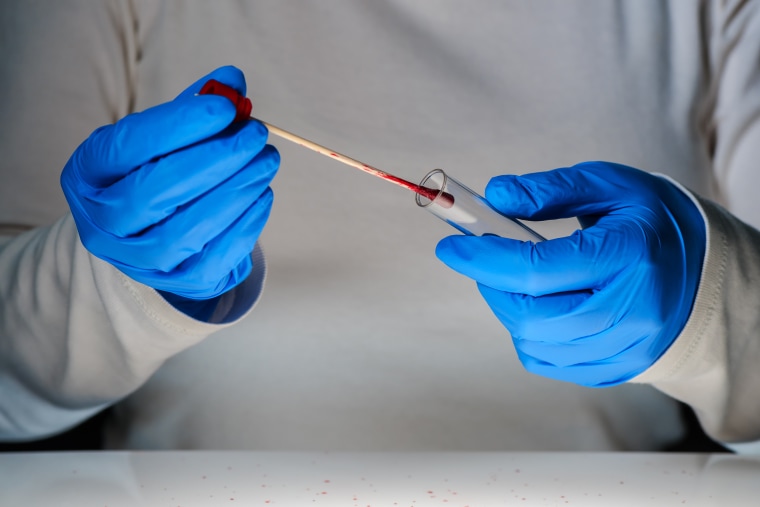DNA fingerprinting brought a revolution in criminal investigations by giving law enforcement officers a reliable tool for linking crimes to known suspects or to individuals listed in criminal databases. But imagine if DNA could also be used to generate a police sketch that would guide officers to the guilty party even if he (or she) wasn't a suspect and had no criminal record.
It sounds like science fiction, but this futuristic-sounding forensic method is already becoming a reality. Called DNA phenotyping, the technique involves using DNA from a crime scene to determine a mystery person’s physical characteristics, including skin pigmentation and hair and eye color.
Biotech companies and scientists are working to refine the technique, which holds big promise to solve cold cases.
One such case was a double murder committed in February of 2012. During a visit home from college, 19-year-old Whitley French woke up early in the morning to find herself facing a masked intruder in her Reidsville, North Carolina bedroom. When she screamed, Whitley’s mother and father came running. The intruder shot and killed them and then fled. Whitley survived.
The killer left five drops of blood on the staircase, but an analysis of the DNA it contained failed to produce a match with any suspects or anyone in public databases. For three years, the double-murder remained unsolved.

In early 2015, law enforcement authorities contacted Parabon NanoLabs, a Reston, Virginia-based company that had just started offering a DNA phenotyping tool called Snapshot. From the DNA in those old drops of blood, the company predicted that the killer had fair skin, dark hair, and was of European and Latino ancestry.
Related: This Gene-Editing Breakthrough Could Change Life on Earth
Armed with those clues, detectives took a closer look at the family of Whitley’s fiancé and found that the blood at the crime scene matched that of Whitley’s soon-to-be brother-in-law. He was arrested in June 2015, less than a month after serving as a groomsman in Whitley’s wedding. He pled guilty and is now serving two life sentences.
What our genes reveal
Investigators have been relying on DNA to solve crimes since the 1990s — but the tests have their limitations. “Traditional DNA forensic analysis treats DNA like fingerprints,” says Ellen Greytak, director of bioinformatics at Parabon NanoLabs. “When you don’t get any matches, the DNA can’t tell you anything else about that person…all they know is whether they’re male or female.”
DNA phenotyping can fill in some physical traits. “Eye color, hair color, and skin color are all doable,” says Susan Walsh, leader of a DNA phenotyping lab at Indiana University-Purdue University Indianapolis. But scientists still have a great deal to learn about how our genes impact our appearance.
“Our knowledge about inherited diseases is currently more advanced than on how we look,” Manfred Kayser, a professor of forensic molecular biology at Erasmus University in Rotterdam, the Netherlands, wrote in the journal FSI: Genetics in 2015. Kayser told NBC News in a recent email that not much has changed in the past two years. While scientists have identified new genes for traits like hair texture, ear shape, hair loss, and height, translating these discoveries into reliable forensic tools remains a challenge.
Take height, for example. Studies on twins tell us that height is about 80 percent determined by our genes, Kayser says. But identifying the exact genes that influence height is a complex task. One recent study found 700 genes that affect stature, but many more need to be identified.
New tools, new questions
Over the last few years, companies like Parabon NanoLabs and New York City-based Identitas have been offering DNA phenotyping platforms to police departments. Parabon’s DNA-based composite sketches — which resemble a video game avatar — are a bit controversial, though.
Parabon hasn’t shared its algorithms, and Walsh and Keyser are skeptical of the company’s methods. “You can’t just say that you can do something and ask people to trust you,” Walsh says, adding that the research just isn’t there yet to make a lifelike picture of a person’s face. “They’re promising something they can’t give.”
The danger is that a sketch might not only give families false hope, but potentially lead crime fighters to focus on the wrong person.

“The knowledge about the genetic basis of the human face is still in its infancy,” Kayser says. While many genes are involved in face shape, we know only a handful of them (for instance, a gene that causes a slight reduction in the distance between the eyes. “At this moment, and based on published evidence," he says, "it is not expected that any attempt to predict a human face from DNA can be accurate, reliable, and validated enough so that practical forensic application would make sense.” It’s going to take a lot more research before that happens.
Greytak acknowledges that Parabon NanoLabs can’t produce exact measurements of the face but says it’s possible to draw “a predicted face that strongly resembles” the individual's face. This information is still helpful to police and to witnesses, she says, as long as it is used in conjunction with other clues.
Related: First of Its Kind DNA Video Raises Big Question About Molecule of Heredity
Another limit to DNA phenotyping: our environment plays an important role in our appearance. A DNA sample cannot account for changes in an individual’s appearance resulting from smoking, drinking, injuries, etc.
Meanwhile, researchers like Walsh are collaborating with investigators who have exhausted all other leads in cases that involve an unknown suspect or unidentified remains. “We need to see that information police officers extract from the DNA is useful,” she says.
Walsh thinks it’s just a matter of time before forensic scientists can produce reliable appearance predictions using DNA phenotyping. So someday soon, with just a few drops of blood or other biological evidence, investigators will be able to find new leads in some of the thousands of murder cases that remain unsolved in the U.S. and bring closure to victims’ families.
